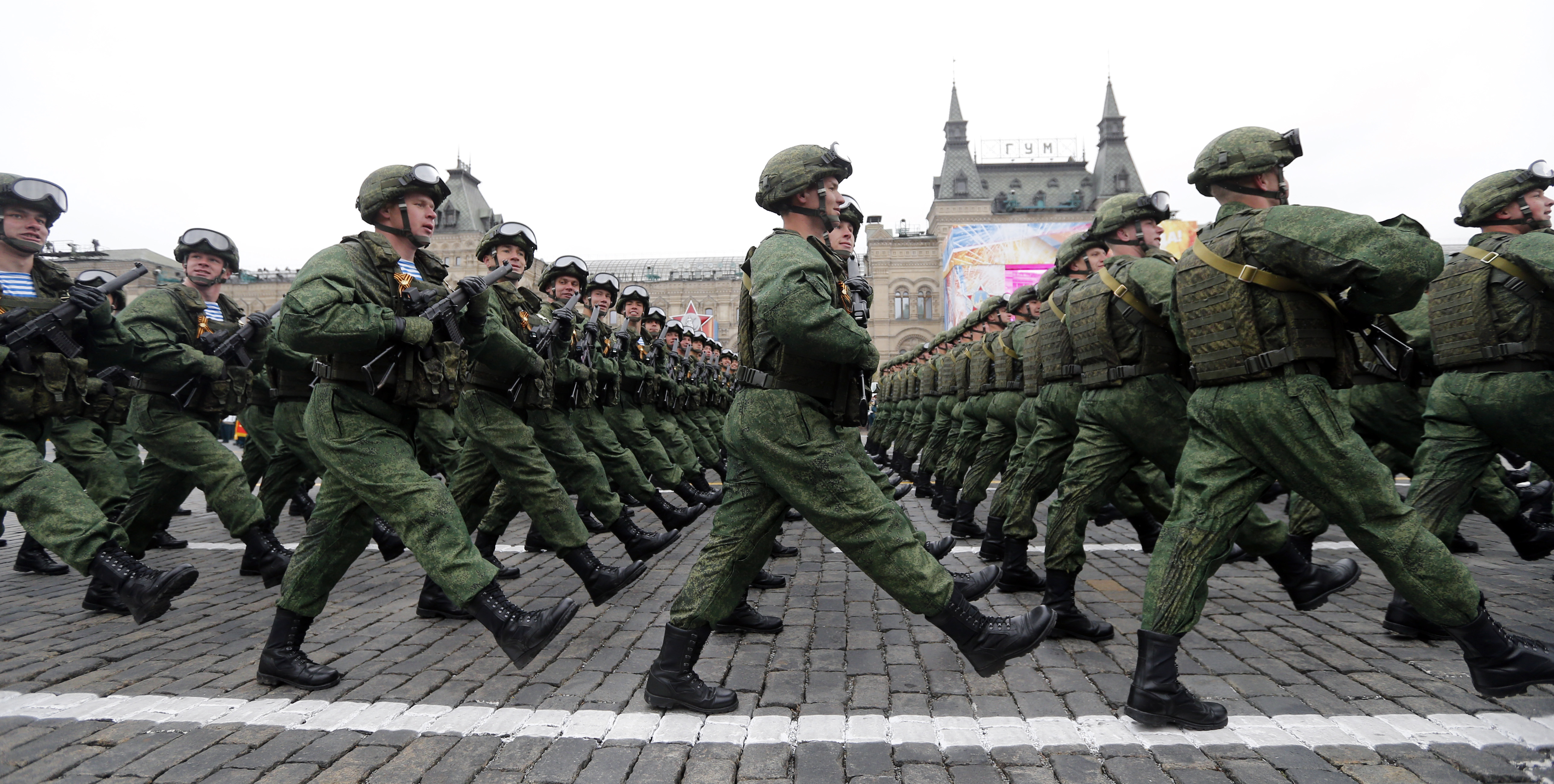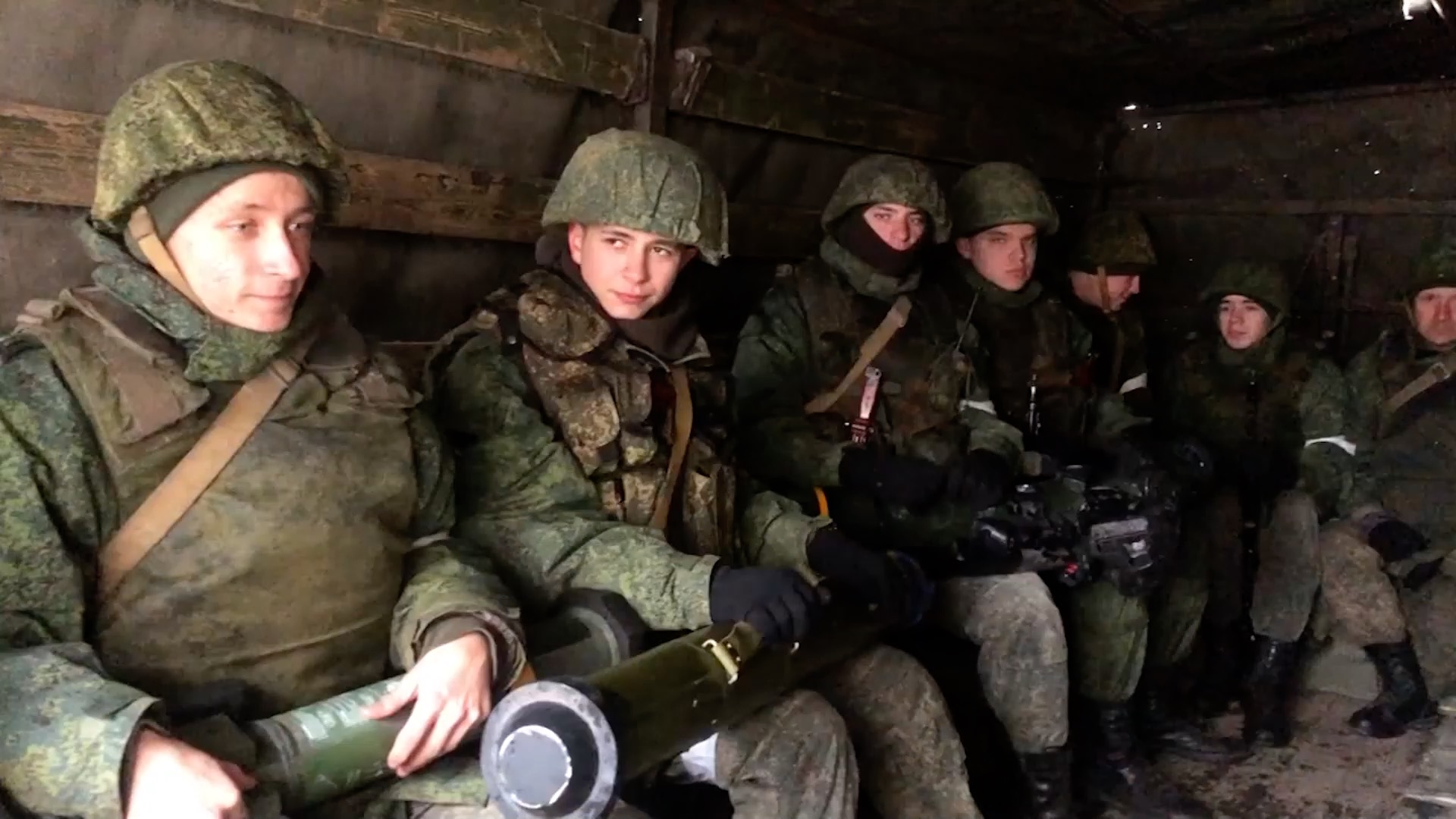Russian Military Pictures - After more than 10 months of Russia's invasion of Ukraine, with an eye on 2022, the Kremlin has sacrificed minimal efforts to rebuild parts of its armed forces that continue to decline amid the fighting. In recent months, either the registration of large numbers of prisoners or the large-scale deployment or supply of Iranian-made drones and the dismantling of orders, combined with the nuclear threat, have allowed Russia to turn the tide of the war. position of politics.
However, Russian authorities have made it clear that they will continue to spend on war, at least to improve their foreign policy. They still hope to force Ukraine and the West into a ceasefire and/or start negotiations, but only on the Kremlin's terms, which include at least maintaining control over the occupied territories. These talks will buy Russia time to heal its wounds and renew the war against Ukraine, as well as the confrontation with the US and Europe. In short, the Kremlin is showing signs of abandoning its original war intentions.
Russian Military Pictures

Therefore, on December 21, 2022, at the year-end staff meeting, the Russian Ministry of Defense announced a plan called "military reform." However, reform means institutional change and innovation. What Moscow is doing with its troops in times of hostilities seems like a desperate attempt to solve the most serious problems or act as solutions to them.
Russia's Military Is Combat Tested But Ukraine Invasion Would Be Tough
In the post-Soviet era, Russia has been reducing its military personnel. The beginning of this process lasted from 1985 until the Soviet era. However, the Kremlin has always advocated the idea that the Russian army must be many times larger, not just any army in a post-Soviet country, but also the army of NATO member states other than the United States. Therefore, on the paper above, the number of Russian armed forces never fell below 1 million. This means not only maintaining Russia's position as a superpower, complete with its veto power over the UN Security Council and its nuclear arsenal, but also ensuring unconditional political influence over its neighbors. Aries and serving as a tool for renewed foreign policy.
This position and the reform ambitions that matured in the 1990s were designed to permanently strengthen Russia's power and wealth distribution system. In short, reliance on the monarchy and the military could be an important means of legitimizing Russian power.
However, they were influenced by the predicted socio-economic factors. In 1997, the number of subordinate units of the Russian Armed Forces was 1.7 million military personnel, compared to the actual number of about 1.2-1.3 million. That number dropped to 1.135 million in 2000. In 2016, it was further reduced to 1 million. At that time, the actual number of military personnel was already 770,000. Of course, the secondary number was immediately increased to 1.013 million, but this did not affect the actual number. On the contrary, it is heard that the secondary number should be closer to the real number, so the ideal of the millionth soldier should eventually be abandoned.
In August 2022, six months after the Ukrainian invasion, the Kremlin decided to increase the number of auxiliary personnel of the armed forces by 137,000 to 1.150 million personnel by 2023. On the other hand, it was decided to exceed the minimum level of troops that was maintained in 2006-2016 (1.135 million people), ultimately promoting the idea of matching the size of the army with the defense needs, goals and economic potential of Russia. Without impact on the socio-economic development of the whole. Covers the second half of the 1980s to the early 2010s. It should be noted that this concept almost defines the opposite of the idea of maintaining Russian military control over neighboring countries and reestablishing foreign policy.
Russian Army Forms 'artistic Units' In Modern Day First
Four months later, Defense Minister Sergei Shoigu announced that the reduced size of the armed forces was expected to reach 1.5 million personnel in the coming years, with 695,000 (soldiers, soldiers, etc.) expected to serve under contract. Political decisions have already been made, although the relevant decree has not yet been published at the time of writing and the timing is unclear.
Thus, the Russian army will officially return to the end of the 90s of its personnel. However, the tanks of the last century, military personnel, including specialists in charge of maintaining military equipment and vehicles, as well as military infrastructure inherited from the Soviet Union, are gone today. In addition, there are tens of thousands of ancillary jobs such as military financiers and military construction workers that are no longer available. On the other hand, the secondary scope of the armed forces cannot be increased in an unrealistic and meaningful way.
Here, too, the accounting and organizational requirements of the military leadership can play an important role. Compensation for killed and wounded military personnel, increases in combat pay and preparations for a mass deployment that began in September have created a funding gap. By the end of 2022, the cash deficit can be controlled by inflating the military budget, and 2023 requires a systemic solution. After all, soldiers and officers add no less than 300-400 billion rupees to the military budget, which calls for more than an immediate decision.

However, it has already become clear that in a few months the additional 137,000 positions in the army created on January 1, 2023 will no longer be sufficient for the Russian military leadership, and the number will increase by another 350,000 soldiers. On the other hand, an emergency military budget of at least 5 trillion rubles in 2022 and more than 5 trillion rubles in 2023 will become the norm, regardless of when and how the war ends.
Private Companies At 'army 2021' Forum Strive For Survival As Russian Military Orders Shrink
At the same time, the Russian command dismissed at least 740,000-780,000 military personnel from the armed forces before the invasion. Of these, 250,000 soldiers participated in official combat ('acquired combat experience'). It is difficult to say for sure whether the numbers include wounded military personnel, Rosgvardiya (Russian National Guard), mercenaries and soldiers from the occupied Donetsk and Luhansk regions of Ukraine.
In the early summer of 2022, I predicted that the actual size of the Russian armed forces could fall below 600,000 by the end of that year. This happens when the intensity of combat operations remains high, leading to higher casualties due to the outflow of military personnel and the actual shortage of troops. The "partial military mobilization" announced in September should change something.
By the end of 2023, the Russian command expects to have 521,000 contract soldiers, "taking into account the replacement of soldiers in the army and the control of novelty". However, the majority, if not the absolute majority, of conscripted civilians would become contract soldiers.
Currently, the total number of contract troops is less than 521,000. It should be noted that before the invasion, the final number of contract troops was announced at 405,000 (March 2020), and the Ministry of Defense will employ 500,000 contract troops by 2027. Incidentally, the newly released 2023 contract troop plan partially confirms the previous finding that the civilian population is less than half of the officially announced 300,000 troops. And the lion's share is a contract employee who has submitted a resignation letter or a contract that expires in late 2022 or early 2023. The formal termination process for asaserviceman begins six months before the end of their contract. These estimates will be revised as new data becomes available.
Putin Hails Russian Army After Capturing Crimea From Ukraine
In addition, the inclusion of the so-called Donetsk and Lugansk People's Republics, along with the formation of their "armies" and the regular enrollment of their residents in these armies in both periods. The first week of large-scale surrender spoils the numbers. Before February 24, 2022, the size of these units was estimated at 30,000-35,000. For several months into the war, it was not even possible to estimate the number of military personnel in these armies. Statistics related to other Russian-occupied territories, such as Crimea and parts of Ukraine's Kherson and Zaporizhzhia provinces, are also not included in this analysis, although the Russian Ministry of Defense records these figures.
Therefore, it would be very difficult for the Russian military leader to achieve the desired number of contract soldiers. Currently, only soldiers with a high school diploma can fight under the contract. Although scholarship holders can sign contracts from the first day of enrollment, regardless of their level of education, this dependence on the poorest sections of the population will almost certainly be limited, but it does not work. After all, the share of soldiers who can boast of a school education is less than 30%, and raising the military age to 21 will further reduce this share.
The gradual changes announced in the list of 21-30-year-olds instead of 18-27-year-olds allow the military leadership to avoid the problem of conscription, which is postponed due to studies. This method is clearly designed to reduce the size of the evasion. At the age of 27-30, people are already building a career by settling down and hiring credits, which is difficult to combine with both submission and escape from the draft. According to the logic of the authorities, which are faced with this kind of discrimination, most young people want to report to the registration office as soon as they turn 21. Well, both of them will be educated and have at least some basic or special military training. But it won't be this year.

Increasing the number of contractual employees to 521,000 by the end of 2023 will therefore require more effort, organizational resources and more coercion. In the same spirit, both new waves of unpopular internships should be implemented, followed by transfers of internships, contract service and the potential enrollment of new graduates of the University's military training centers (in 2021, 63,000 people studied at such centers). Otherwise, soldiers and regular soldiers should be more strongly encouraged to cancel their contracts. However, making it easier for foreigners to join the military under contract is unlikely to improve the situation.
Time And Troops In Finite Supply For Russia's Army In Ukraine
Of course, another possible and unpopular measure would be to extend the duration of the draft from the current one year, 1.5-2 years, in order to encourage as many young Russians as possible to sign contracts immediately. Attempts may also be made to increase the number of military women, although their number in the Russian army has been declining in recent years from 44,500 in 2018.
Russian military gear, russian military aircraft pictures, russian military surplus, russian military surplus usa, russian military hat, russian military vehicles, russian military winter hat, russian military, russian military jacket, russian striped military shirt, russian military ushanka hat, russian military uniforms
0 Comments